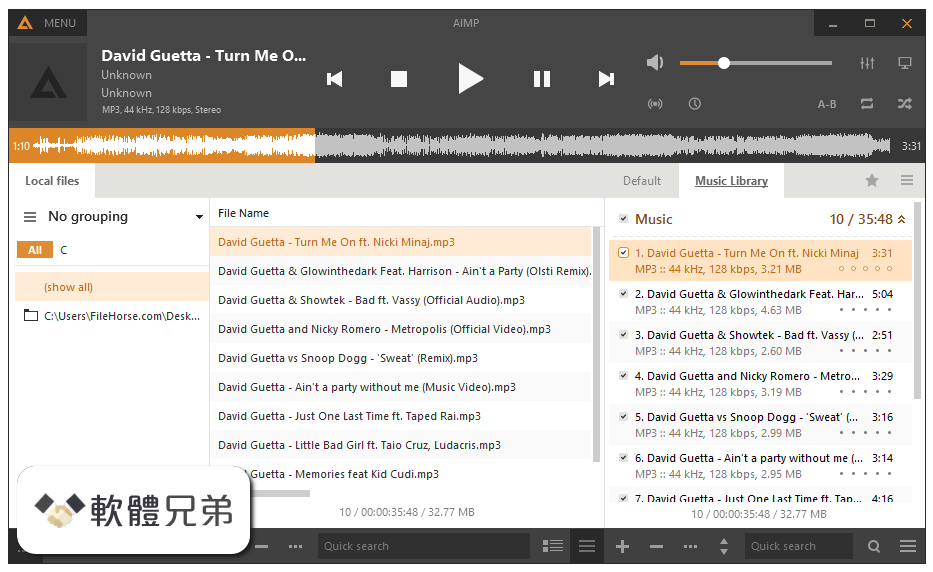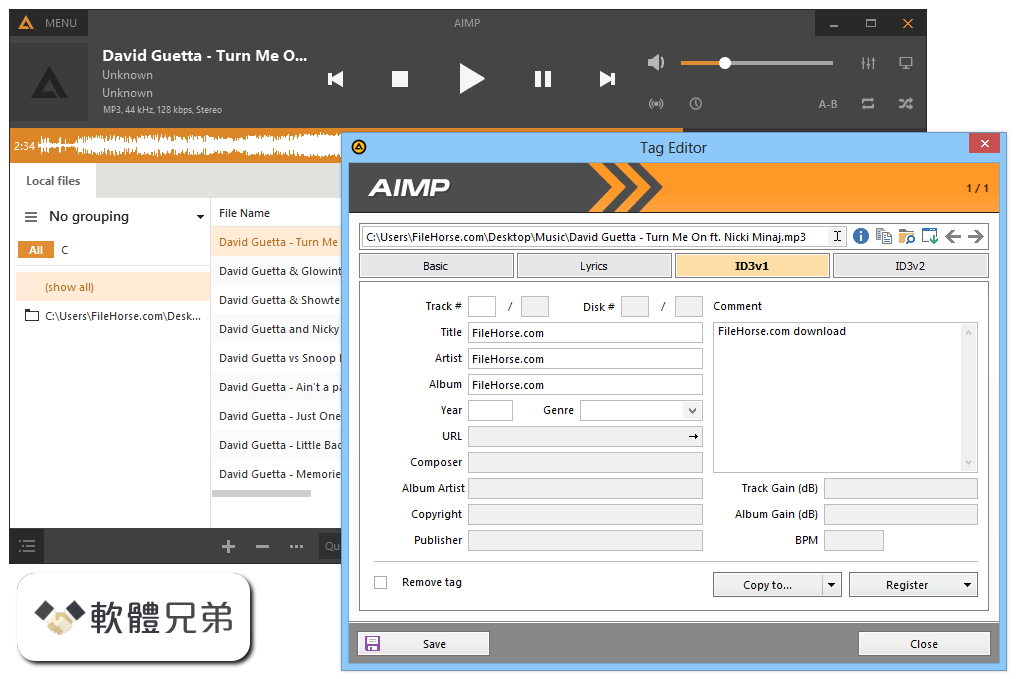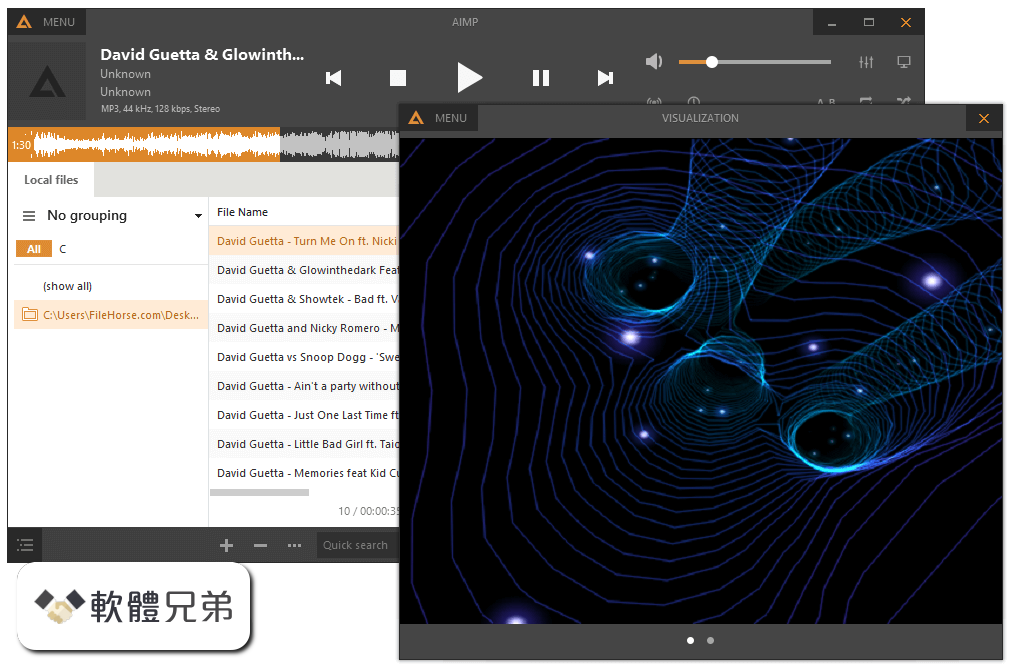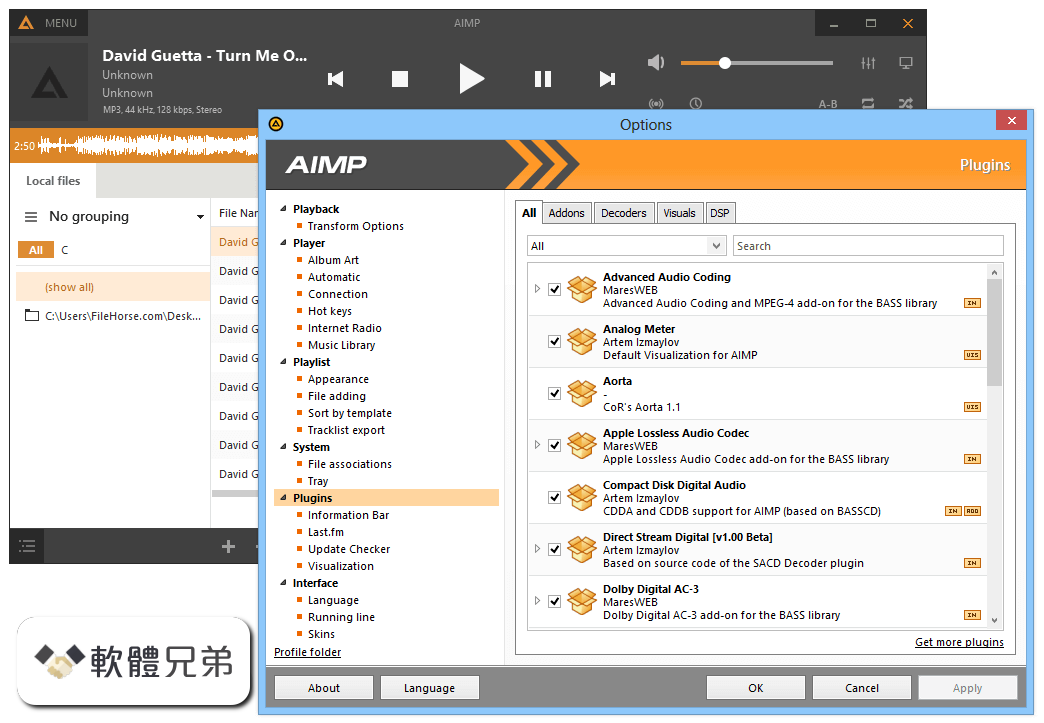|
What's new in this version: Mari 6.0
Extended USD Support:
- Continuing our USD journey, Mari 6 provides even more control of your USD exports. You can now export the USD Look with the appropriate shader bindings without having to go through an external Lookdev DCC (digital content creation) tool. In addition, with artists now having the ability to utilize Selection Groups in order to create material assignments on the geometry, it is even easier to get ground truth render feedback to facilitate verifying looks for dailies.
USD Look Export:
- Mari's USD export workflows have been extended to allow you to export a full USD Look file that contains both a USD Preview Surface shader and your chosen vendor shader. Mari 6 ships with export context solutions for Arnold (Arnold Standard Surface), RenderMan (PxrSurface), USD Preview Surface, and Principled BRDF, which can be used as readily available examples on how to generate a complete USD Material right from the Mari project itself.
USD Material Assign:
- Building upon work completed in Mari 5, Mari 6 encourages the use of interactive selection group tools in order to drive USD face set-based material assignments. You can choose selection groups in the material assignment in order for materials to automatically assign to the correct face sets within the exported USD look, removing the need to reassign materials to in your Lookdev DCC. You can then use Mari's USD Look exports to get ground truth render feedback, which is perfect for verifying looks for dailies.
TX Post Process Command:
- By default, Mari ships with Post Process Commands for utilizing Arnold and Renderman texture conversion tools in order for images to be converted to .tx or .tex files right after Mari’s export has completed. This gives you the ability to render the textured USD asset with the appropriate render shader bindings without having to convert the textures manually. The command can be edited to use any of the appropriate conversion tool commands from within Mari, reducing unnecessary pipeline friction.
Roller Brush Tool:
- The Roller Brush tool adds a new painting mode that allows you to paint a tileable image that follows the direction of the brush stroke. For example, you can create seams or decals on a character’s clothing without having to manually line up each tileable texture, one by one, to mimic a brush stroke.
Shelf Improvements:
- Through our collaboration with Weta, we have been able to bring you some amazing optimizations to Mari’s Shelf performance. With the addition of our new Python Shelf Item, the Shelf has never been more powerful or more collaborative.
Python Shelf Items:
- We’ve introduced a new Python Shelf Item that facilitates collaboration between artists using our powerful Python API. You can store Python scripts in shelves which can be executed by double-clicking on the item itself. In addition, the script can be edited inside the shelf and you can change the default thumbnail to something that fits more with the functionality of the script itself.
Shelf Performance Optimization:
- Shelves have been separated from the main configuration file and are now saved out to separate files. Thumbnails are now embedded into the shelf data, rather than stored as separate images on disk, which greatly increases project load times. Sharing shelves between artists is even easier than before, facilitating collaboration while reducing unnecessary time spent on start up.
Teleport Nodes:
- The Teleport nodes help organize your node graph and reduce pain points from repetitive actions, improving your quality of life. Teleport clarifies your node graph by tidying up messy node connections making it easy to read for you and other artists if they pick up your work. You can also quickly reuse elements, such as textures and masks, in other areas of the node graph without creating long or overlapping connections.
VFX Reference Platform CY2022:
- Mari's third-party libraries have been upgraded to the CY2022 versions specified by the VFX Reference Platform. See Third-Party Licenses for a full list of third-party libraries.
Mari 5.0
- USD Preview Look Export
- Filtering Non-Destructively Using Bake Point Filters
- Changing Brush Color Dynamically
- Brush Tip Improvements
- Gradient Procedurals
- Math Nodes
- Node Graph Snapping
- VFX Reference Platform CY2020
Mari 4.7
New Features:
Scalar Color Picking Mode:
- In Mari 4.1, we introduced the Perceptual Color Picking Engine to our color management system. This intuitive method of picking colors lets the artist choose a color, within the context of how it appears in the viewer, then resolves the RGB value of the color to the target Channel's colorspace. This allows artists to pick colors based on their perceptual look without requiring any concern for what the RGB values should be for Channels of any colorspace. However in certain scenarios, when choosing values for non-color or scalar Channels, this system would distort the chosen values as the engine would try to process the artist's choice as a perceptual color rather than a series of scalar data values.
- In order to overcome these scenarios, we have introduced a new Scalar Mode to our Color Picker. Driven by the colorspace context of the active painting target being set to scalar, this new mode allows artists to pick raw RGB values without Mari engaging the Perceptual Color Picking Engine, which ensures results in undistorted, artist chosen RGB values.
New Colorspace Nodes:
- Colorspace Context Conversion Adjustment Layers
- Two new colorspace Adjustment Layer (or filter node) types have been added to Mari, Color to Scalar and Scalar to Color. These allow you to convert the RGB values of your Layerstack/NodeGraph from color to scalar or the reverse. This is particularly handy in workflows where you intend to blend the perceptual mid gray of a bump or roughness map into a Channel configured for color.
- View as Colorspace Context Nodes
- We have added two new colorspace nodes, View as Color and View as Scalar, that enable you to force the View Transform to switch to the desired display context. Together, these nodes give you full control on how you view the shader of your graph network.
Feature Enhancements:
Colorspace:
- Mari's Image Manager right click menu now exposes Set Image Colorspace > As Color/Scalar options for batch setting Color/Scalar state of the selected images
- Mari now exposes a new Scalar column in the Channel Presets table which allows artists to specify whether each Channel or texture file sequence to import is representing Scalar data or not
- The Color Picker dialogs and Colors palette now show the tabbed pickers instead of the HSVRGB sliders when the size is small
- Mari now only shows the Color Data colorspace config box of Channels for simpler user interaction, while the Channel Mask Data colorspace config box is now only visible in the advanced colorspace UI mode.
Performance:
- Unnecessary wait times (spinning wheels) when switching between previously used shaders, layers and nodes, including when changing blending modes and layer visibility, has been reduced. Additionally, the frame rates of heavy scene shaders has been improved.
- By using the new Preference item Data > Project > Delete Patch Data no Longer Required, Mari can now clean up UV Patches and associated image data from the project cache once they are no longer resident in a project.
- Finding and selecting texture sequences in the Import Channel dialog is now faster and more responsive
Node Graph:
- Clicking a Stream button on the Multi-Channel Merge node properties no longer switches the project's Current Channel which increases the performance switching between and configuring multiple Streams of a Multi-Channel Merge node.
UI:
- The borders around floating palettes and splitter handles have been increased for easier manipulation when using graphics tablet devices
- Node parameters for specifying save paths now bring up a file overwrite check window once the text box editing has finished
- The Edit Properties dialog of a Multi-Channel Bake Point node now has better column spacing and tooltips
Selection:
- The shortcut, Ctrl+Shift+H, is now assigned to "Show Entire Object" instead of "Show All" by default. This makes the workflow of temporarily isolating a selection of an object feel more intuitive, as you can no longer mistakenly unhide other objects in your Project you intended to keep hidden using the show/hide shortcuts.
Fixed:
- Colorspace
- The Export template token $COLORSPACE would get resolved to Colorspace roles rather than the actual colorspace name
- The Blending Colorspace conversion dialog would show up redundantly for non-8-bit Channel nodes
Performance:
- Connecting a Node with lots of inputs/outputs would take an unnecessarily long time
- Mouse activity in/over the Node Graph view would cause the Canvas view to redraw even though the preference Pause Canvas Rendering was enabled
- When adding a new Geo Version to an Object containing Multi-Channel Bake Point Nodes, users would be forced to wait an unexpectedly long time for the new version to appear
Tools:
- Under certain circumstances, tools which used a snapshot of the canvas, such as Blur, could cause Mari to crash if the user began navigating the viewport before the baking of the paint buffer was completed
- The Clone Stamp Tool would fail to operate on a duplicated Object
- Reset Object Transform would not completely reset the transform for Transform Selected Objects tool, and it would allow the tool to incorrectly move the Object back to the location it was before resetting.
Shading:
- Popping up the Advanced Blending Options would cause an unnecessary shader compilation
- The Perturb Normals attribute on Displacement Simple nodes was giving incorrect results. This has been corrected and will now be enabled by default when creating a new Shader.
Project Data:
- Under certain circumstances, when removing a locator which was referenced by a Locator List, the Locator List would forget the last used transform values
- After duplicating an Object, the duplicated Object's Geo-Channels would malfunction if they originally are used in Geo-Channel Nodes
- Exporting a Ptex file would contain some texture artifacts under certain conditions
- Undoing Merge Layers would unexpectedly cause Mari to crash
- LayerStack or NodeGraph changes would not be reflected in the Canvas render if the current Object was not the Object the LayerStack or NodeGraph belongs to
- Copying a multiple output nodes and a Geo-Channel node would crash MARI
- The Convert Layers warning dialog would pop up for certain custom Node types utilizing a stringList attribute with no default value
- When copying certain nodes, Mari would add redundant undo records to the history
UI:
- Excessive trailing zeroes would appear in floating point number fields instead of the value ending at the last relative number
- The input text box for renaming a Project would appear at incorrect positions in the UI
- The Material Ingest Tool would not lock the Shader Model drop down control on reopening when a Material Template was being used
- The Pie Menu would not show the Shelf Items from the Menu shelf
- Error dialogs would show unnecessary information when opening corrupted image files
- When importing older shelves, Mari would spawn non-responsive dialogs requesting brush thumbnails regeneration
- Custom Palettes would disappear after exiting the full screen Palette mode
- Resetting shortcuts would not be reflected in the tooltips of the actions
- Toggling back from the Full Screen mode would bring back the incorrect Palette at the top-level of a stack of Palettes
- Mari would ignore shortcuts if they were executed after selecting an item in a drop down menu, such as the blending mode selection in painting tools or the Layerstack
- When the Export Manager opened its window it would not display the Export Items of the currently active object
Node Graph:
- When inserting a standard node into a collapsed stream connection between two Multi-Channel nodes, Mari would unexpectedly crash
Texture Transfer:
- When running Texture Transfer of Layers with Flatten option set to Yes, Mari would fail to transfer due to an internal error
Development:
- The Python API function mari.images.add() would not retain a reference to the given Image object causing the image to disappear from the ImageManager if the caller's Image variable goes out of the scope, causing Python garbage collection to delete the Image object.
Mari 4.6
- Following on from the success of Mari 4.5’s Arnold and Renderman shaders, we’ve introduced two more vendor shaders: 3Delight and VRay, to streamline your look development workflow
- Our new Procedural Nodes introduce a wide variety of patterns and filters, the vast library allowing for more complex and non-destructive texturing
- Seamlessly integrate into object aware Materials with Geo-Channels, allowing for properties like curvature, occlusion and micro surface roughness
Mari 4.5
- New Materials System allows artists to rapidly block out an asset’s look using material presets
- It’s now possible to quickly import and use thousands of PBR texture sets in Mari
- Artists can now share isolated material set ups across their team easily
Mari 6.0 相關參考資料
3D纹理贴图制软件The Foundry Mari 6.0v2 Win XFORCE ...
3D纹理贴图制软件The Foundry Mari 6.0v2 Win XFORCE注册机破解版. Mari®是一款无所限制的3D绘画,功能和性能完美结合。即使面对最复杂的资产,也可以运用艺术家友好 ...
https://www.gfxcamp.com
Foundry MARI - 佳能國際股份有限公司
在Mari 6.0 中,我們引入了使用Mari 的選擇工具將材料分配到正確的基於USD 面集的位置的功能。我們不再需要手動將USD 外觀檔導入您的DCC,並且必須使用其有限的選擇 ...
https://condata-ai.com
Mari
2023年9月15日 — Foundry Learn · 1:01:18 · Foundry Live 2023 | Making heroes with Mari 6.0. Foundry · 1:23. Mari 6.0 | Features Overview. Foundry · 2:38 · Mari ...
https://www.youtube.com
Mari 6.0 Release
Mari 6.0 Release · Tidy Up Your Node Graph and Reuse Elements with the Teleport Node | Mari Tutorial · Preview Your Asset's Final Look Faster With ...
https://m.youtube.com
Mari 6.0新功能概覽| 中文教程 - YouTube
What's New in Mari 6 - Foundry Learn
Mari 6 has several new features and feature enhancements in addition to bug fixes. This page documents the new features, and links to the appropriate page ...
https://learn.foundry.com
【亲测能用】The Foundry Mari 6.0v2【3D纹理绘制软件免费 ...
本页面免费提供:The Foundry Mari 6.0v2【3D纹理绘制软件免费下载】免费破解版附安装教程下载安装图文教程、破解注册方法,内含【注册机、序列号】。
https://m.yutu.cn
|





